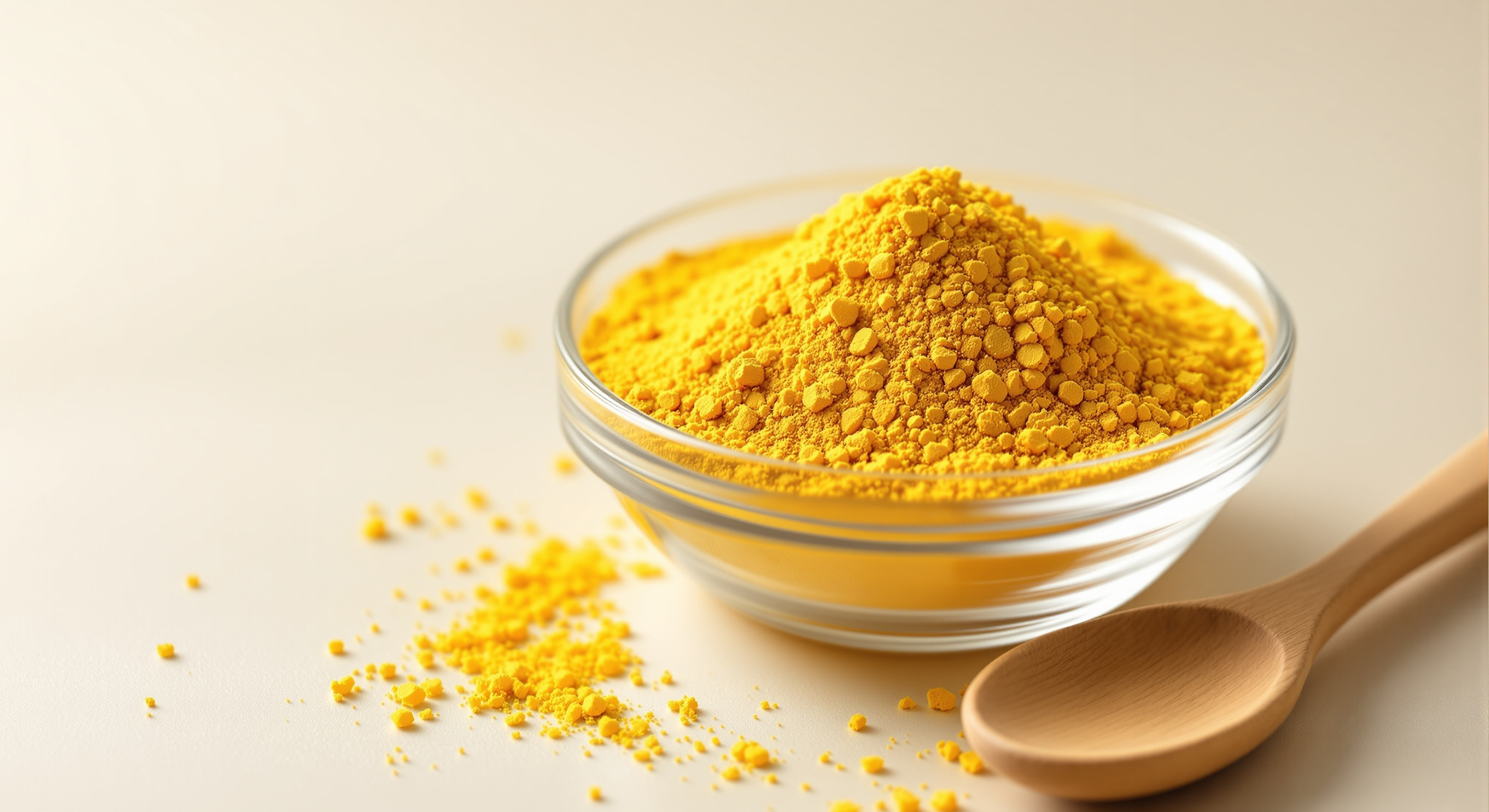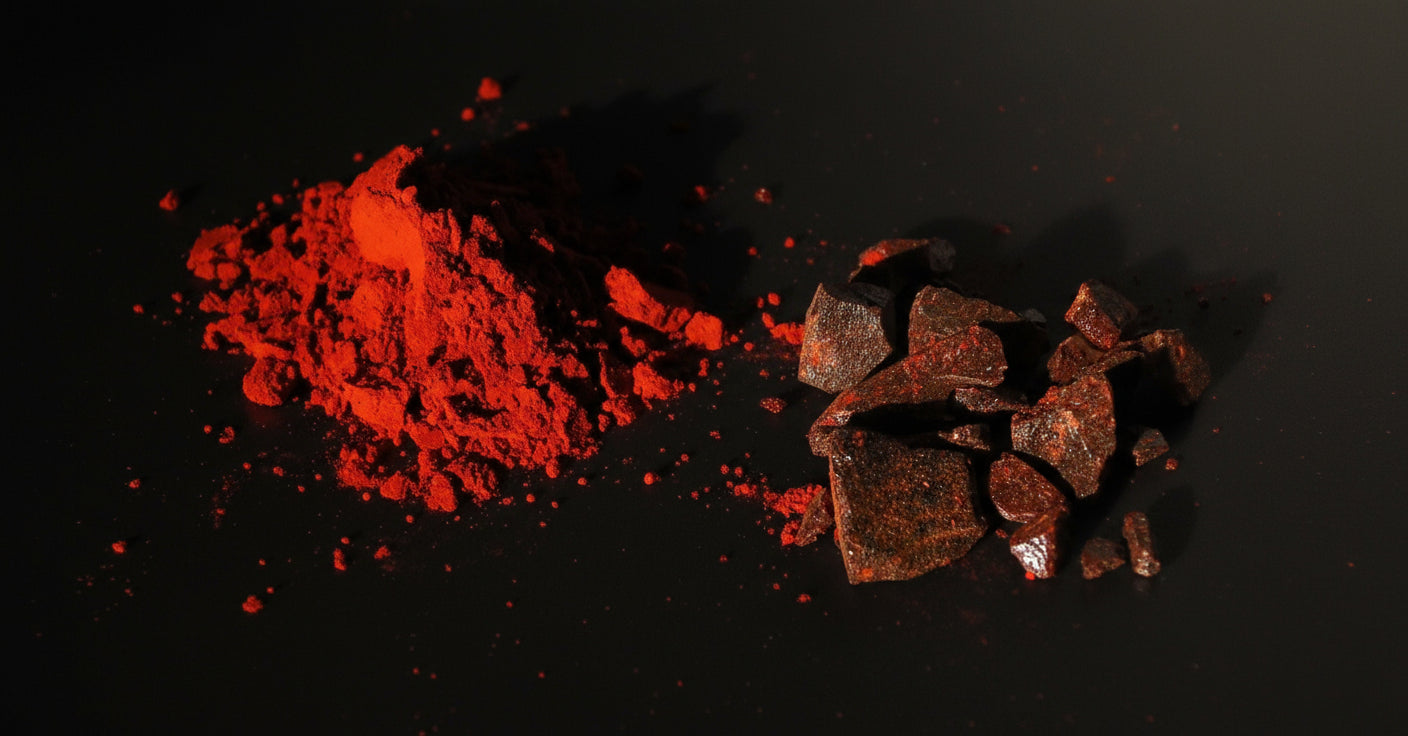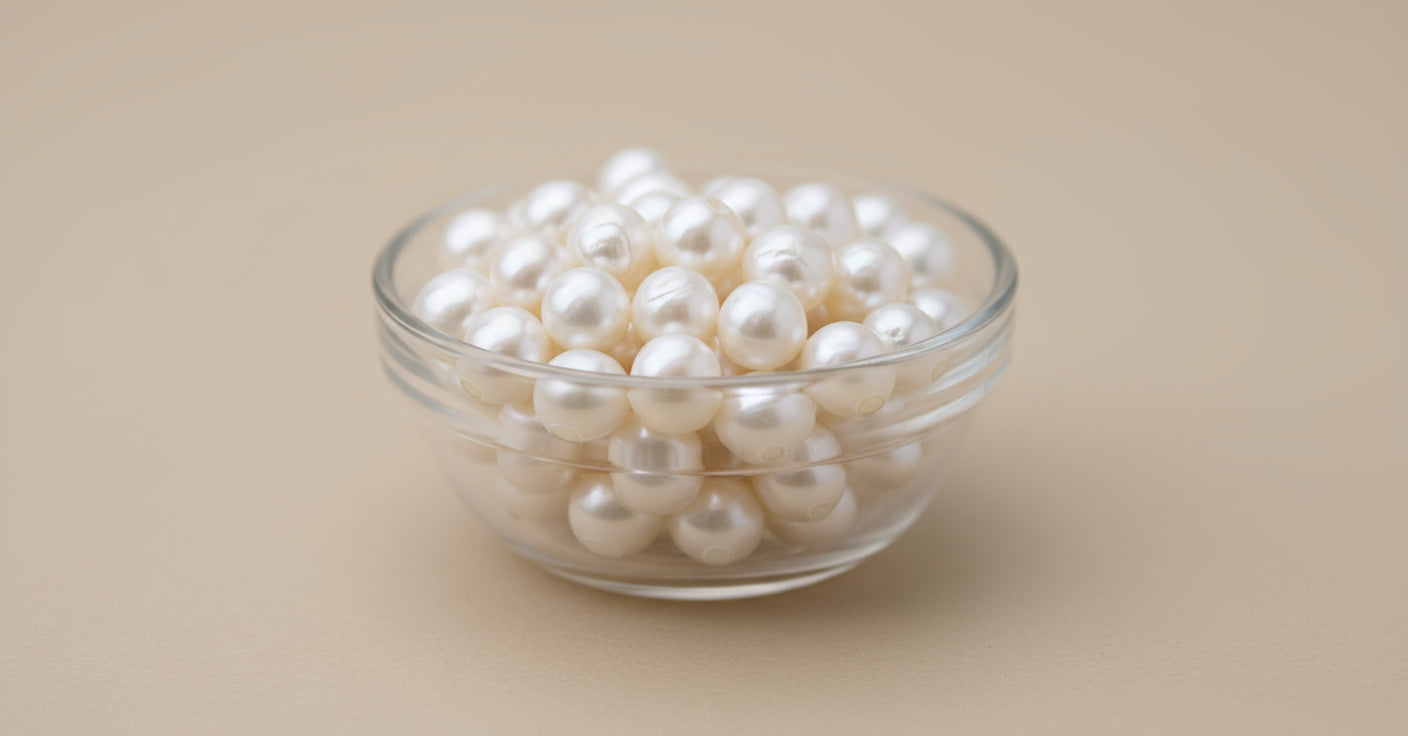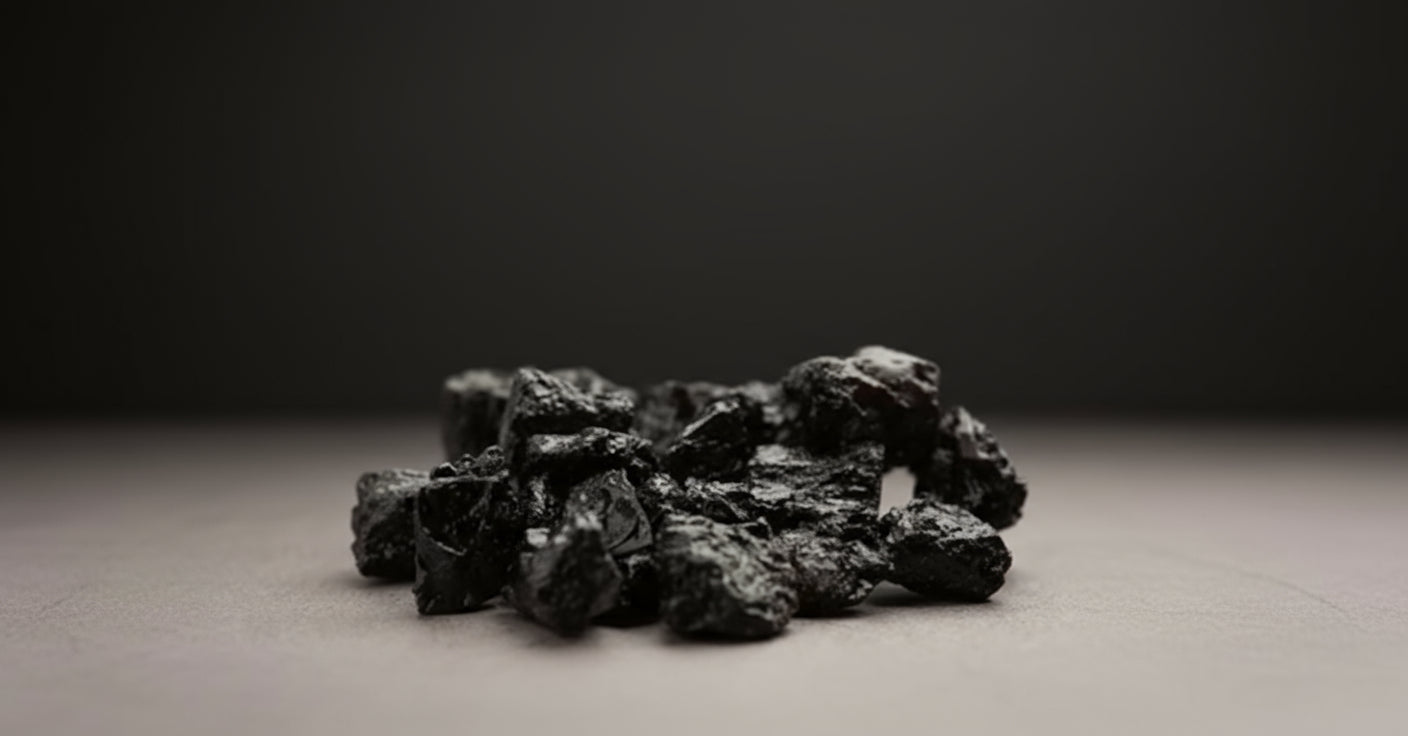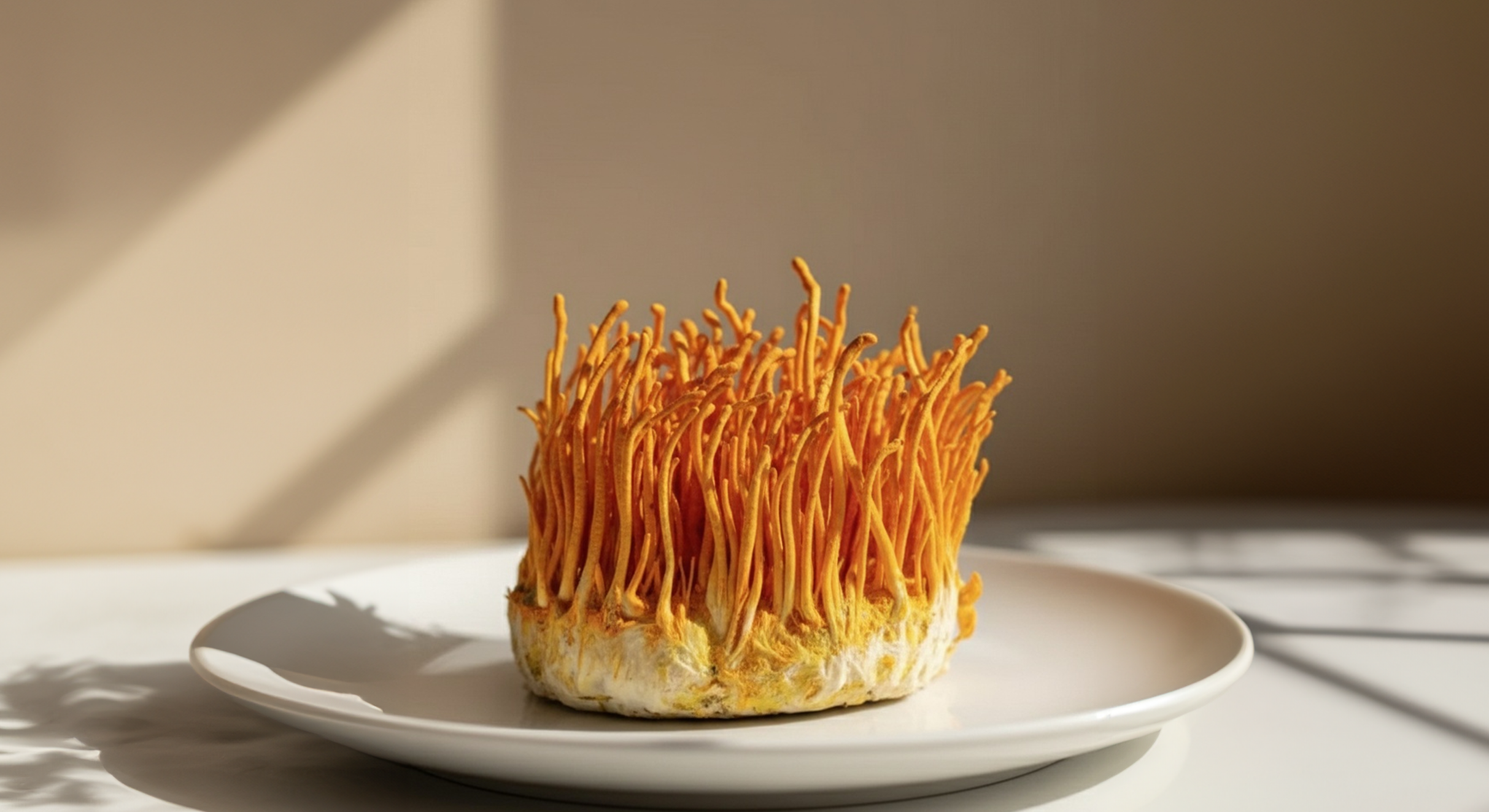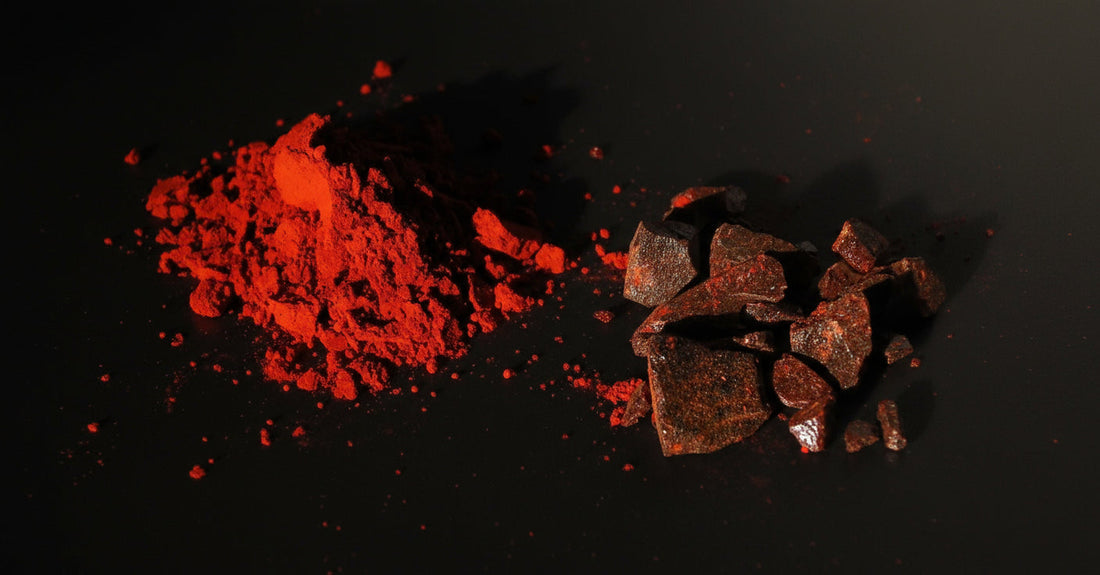
Dragon’s Blood (Long Xue Jie): Benefits, Research & Traditional Use
Dragon’s Blood (龙血竭, Lóng Xuè Jié) is a traditional remedy from China, used for centuries in Traditional Chinese Medicine (TCM). Today, many people ask: “What exactly is Dragon’s Blood, how does it work, and is it safe to use as a supplement?” Here’s everything you need to know, combining historical use with modern scientific research.
What is Dragon’s Blood (龙血竭)?
Dragon’s Blood refers to the deep red resin collected from the fruits of the Daemonorops draco palm (and related species). In TCM, it is traditionally described as a substance that “moves the blood, stops bleeding, relieves pain, and promotes healing.”
It is important to note that this form of Dragon’s Blood is not the same as Sangre de Drago (Croton lechleri) from South America. The Chinese version (Long Xue Jie) comes from palm resin and has its own unique composition and uses.
Benefits of Dragon’s Blood
-
Wound healing & tissue regeneration: In vitro and animal studies show Dragon’s Blood extracts may accelerate healing processes.
-
Antioxidant effects: Rich in flavonoids and phenolic compounds that neutralize free radicals.
-
Anti-inflammatory: Preclinical research suggests a reduction of inflammatory markers.
-
Traditional TCM effects: Historically used to “invigorate blood circulation, stop bleeding, and ease pain” — often after injuries or to support recovery.
Scientific Evidence
-
Namjoyan et al. (2015): A randomized controlled clinical trial found that topical Dragon’s Blood cream accelerated wound healing compared to placebo.
View study on PubMed -
Gupta et al. (2008): Review of the botany, chemistry, and therapeutic applications of Dragon’s Blood.
View review on PubMed -
Gupta et al. (2011): In vitro study showed antioxidant and antimicrobial effects of Dragon’s Blood resin extracts.
View study on PubMed -
Peres et al. (2022): Modern review summarizing antioxidant and pharmacological properties of Dragon’s Blood.
View review on Springer
Dosage & How to Take
-
Traditional use (TCM): 0.3–0.6 g per day of powdered resin, often in combination with other herbs.
-
Modern supplements: Available as capsules, often standardized for polyphenol content.
-
Important: Always use lab-tested, high-quality sources free from heavy metals or contamination.
FAQ
What’s the difference between Dragon’s Blood (Long Xue Jie) and Sangre de Drago (Croton lechleri)?
Both are called “Dragon’s Blood,” but they come from different plants. Long Xue Jie is from China (Daemonorops draco), while Croton lechleri is from South America.
Is Dragon’s Blood legal in the US and Europe?
Yes, it is available as a dietary supplement when sold in purified, tested form.
What are the main benefits?
Traditionally: wound healing, antioxidant activity, improved circulation, and pain relief.
Can Dragon’s Blood be used for skin health?
Yes, it has been used in creams and salves to support wound healing and skin repair.
Conclusion
Dragon’s Blood (Long Xue Jie, 龙血竭) is an ancient natural remedy from TCM, now supported by modern research for wound healing, antioxidant, and anti-inflammatory properties. If you want to buy high-quality Dragon’s Blood supplements, make sure they are lab-tested and certified pure.







